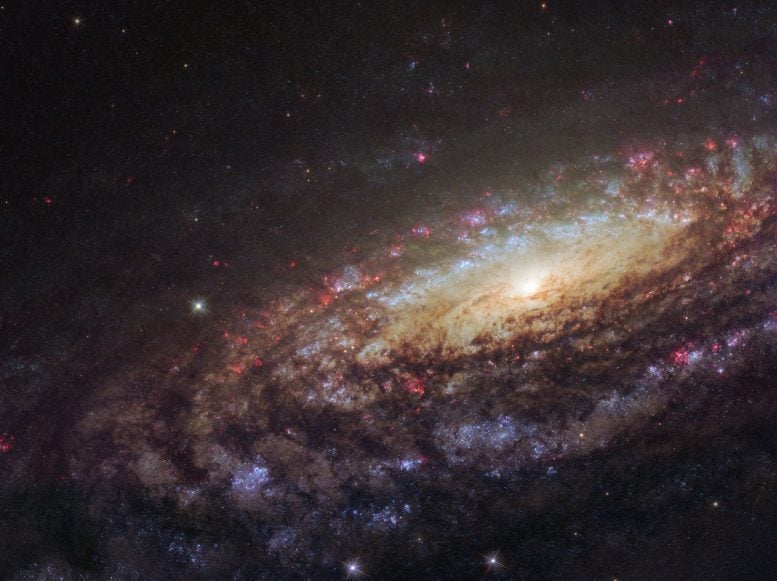
This NASA/ESA Hubble Space Telescope image shows a spiral galaxy known as NGC 7331. First spotted by the prolific galaxy hunter William Herschel in 1784, NGC 7331 is located about 45 million light-years away in the constellation of Pegasus (The Winged Horse). Facing us partially edge-on, the galaxy showcases it’s beautiful arms which swirl like a whirlpool around its bright central region. Credit: ESA/Hubble & NASA/D. Milisavljevic (Purdue University)
Because the effects of observing a galaxy at an angle are complex, spiral galaxies are much easier to study if their orientation is just right – that is, if telescopes can see them face-on rather than at an angle. Now, observations of Caldwell 30, a spiral galaxy with a similar size and shape to our own, have begun to identify these effects.
Jessica Sutter and Dario Fadda looked at the various factors that affect the detection of the ionized carbon emission – an important measurement in astronomy, as it can reveal star formation, cooling, and more – from Caldwell 30, including its angle of inclination. Because ionized carbon is so ubiquitous in astronomy, identifying its source ensures its proper usage.
“Knowing where the ionized carbon emission is coming from – whether photodissociation regions, or ionized hydrogen regions, or diffuse ionized gas – is going to affect how we might use it to trace molecular gas, star formation, or photodissociation conditions,” Sutter said. “Our observing angle may have an effect.”
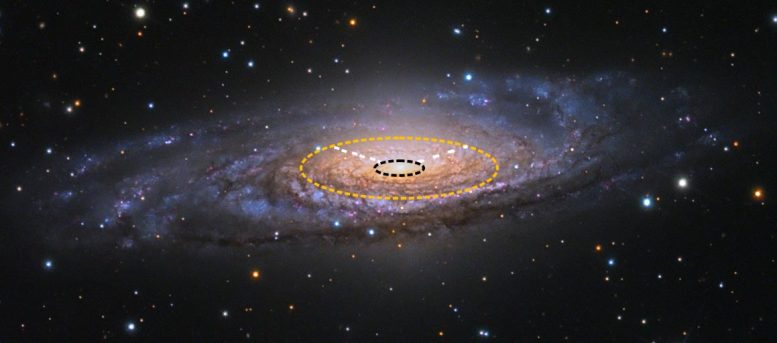
Because NGC 7331 is viewed at an incline, there is a marked difference in the ionized carbon emission observed in different parts of the galaxy, depending on our observing perspective. Emission from within the delineated donut shape varies between the side of the galaxy that is closer to us (lower sector) and its far side (upper sector). This shows that viewing perspective has an effect on the origin of the ionized carbon emission observed. Credit: Adam Block/Mount Lemmon SkyCenter/University of Arizona/Sutter et al., 2022
From our point of view on Earth, Caldwell 30 is inclined at about 72 degrees. As a result of this inclination, Sutter and Fadda found the observed fraction of ionized carbon varies depending on which side of the galaxy is being looked at.
“That was both unexpected and semi-novel,” said Sutter, adding that it should be a significant consideration for researchers going forward, especially if they aren’t sure of the inclination of the galaxy they are studying. If the viewing angle is unknown, the contribution from various ionized carbon emission sources is hard to determine, impacting how the emission can be used in analyses.
As the only observatory capable of studying ionized carbon from within the Earth’s stratosphere for nearby galaxies, SOFIA is uniquely qualified to help clarify the role of a galaxy’s angle in its ionized carbon emission.
“One of the reasons more people haven’t looked at ionized carbon emission is because…you can’t do it from the ground. You need something at least from the stratosphere, if not in space,” Sutter said. “With SOFIA, we have some more opportunities to get these full maps.”
Looking ahead, the pair hopes to expand their analysis, which was recently published in The Astrophysical Journal, by mapping the ionized carbon emission from an additional set of galaxies using SOFIA.
Reference: “[C ii] Map of the Molecular Ring and Arms of the Spiral Galaxy NGC 7331” by Jessica Sutter and Dario Fadda, 15 February 2022, The Astrophysical Journal.
DOI: 10.3847/1538-4357/ac4252
SOFIA is a joint project of NASA and the German Space Agency at DLR. DLR provides the telescope, scheduled aircraft maintenance, and other support for the mission. NASA’s Ames Research Center in California’s Silicon Valley manages the SOFIA program, science, and mission operations in cooperation with the Universities Space Research Association, headquartered in Columbia, Maryland, and the German SOFIA Institute at the University of Stuttgart. The aircraft is maintained and operated by NASA’s Armstrong Flight Research Center Building 703, in Palmdale, California.

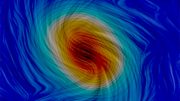
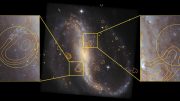
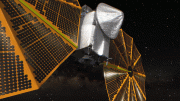
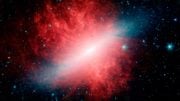

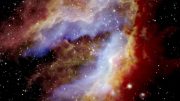
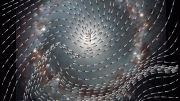
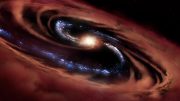
Be the first to comment on "Tilted Galaxy Turns Ionized Carbon Emission Studies Topsy-Turvy"